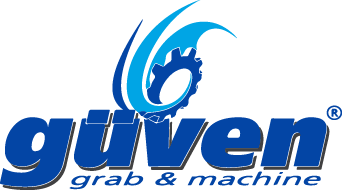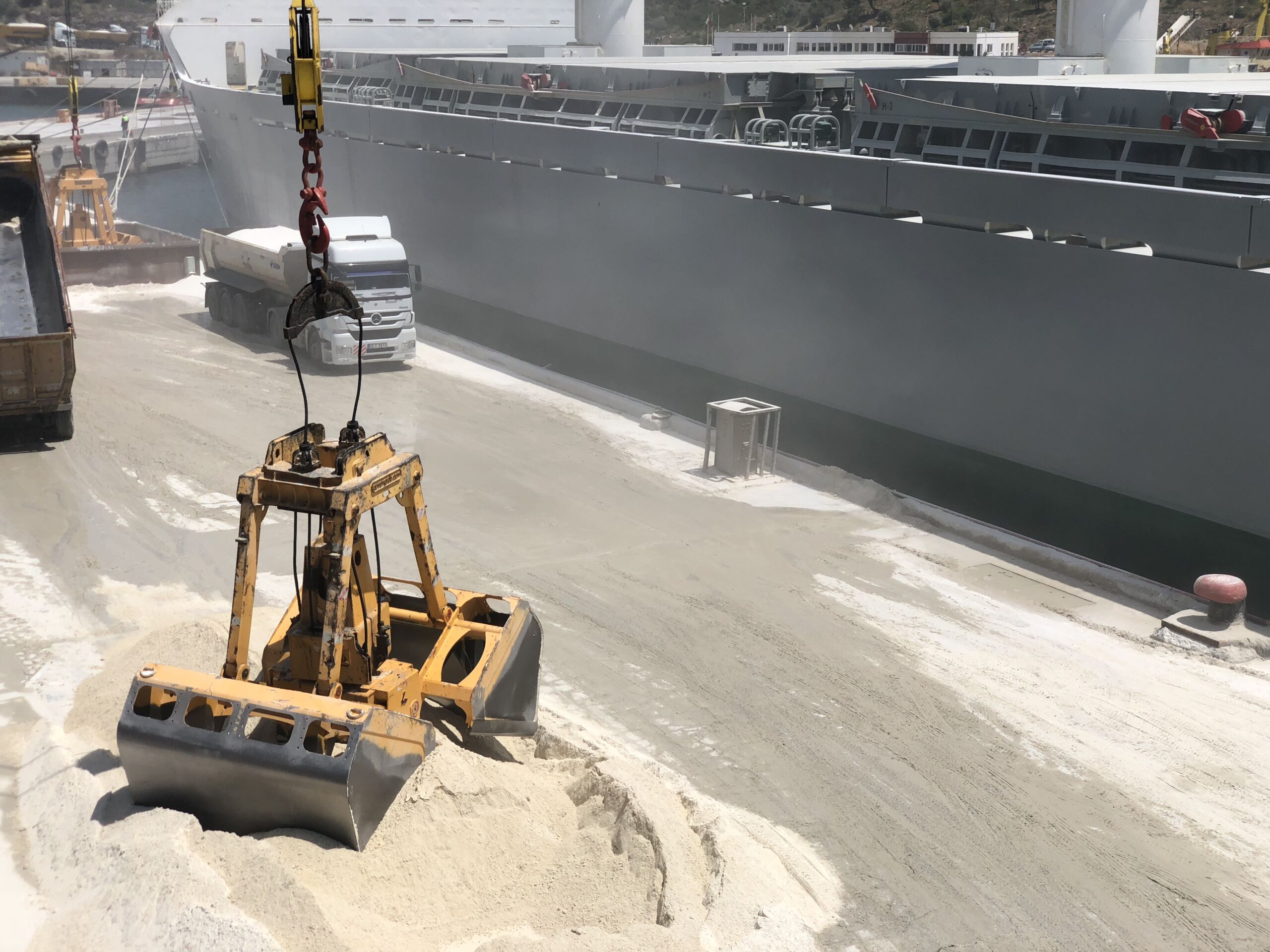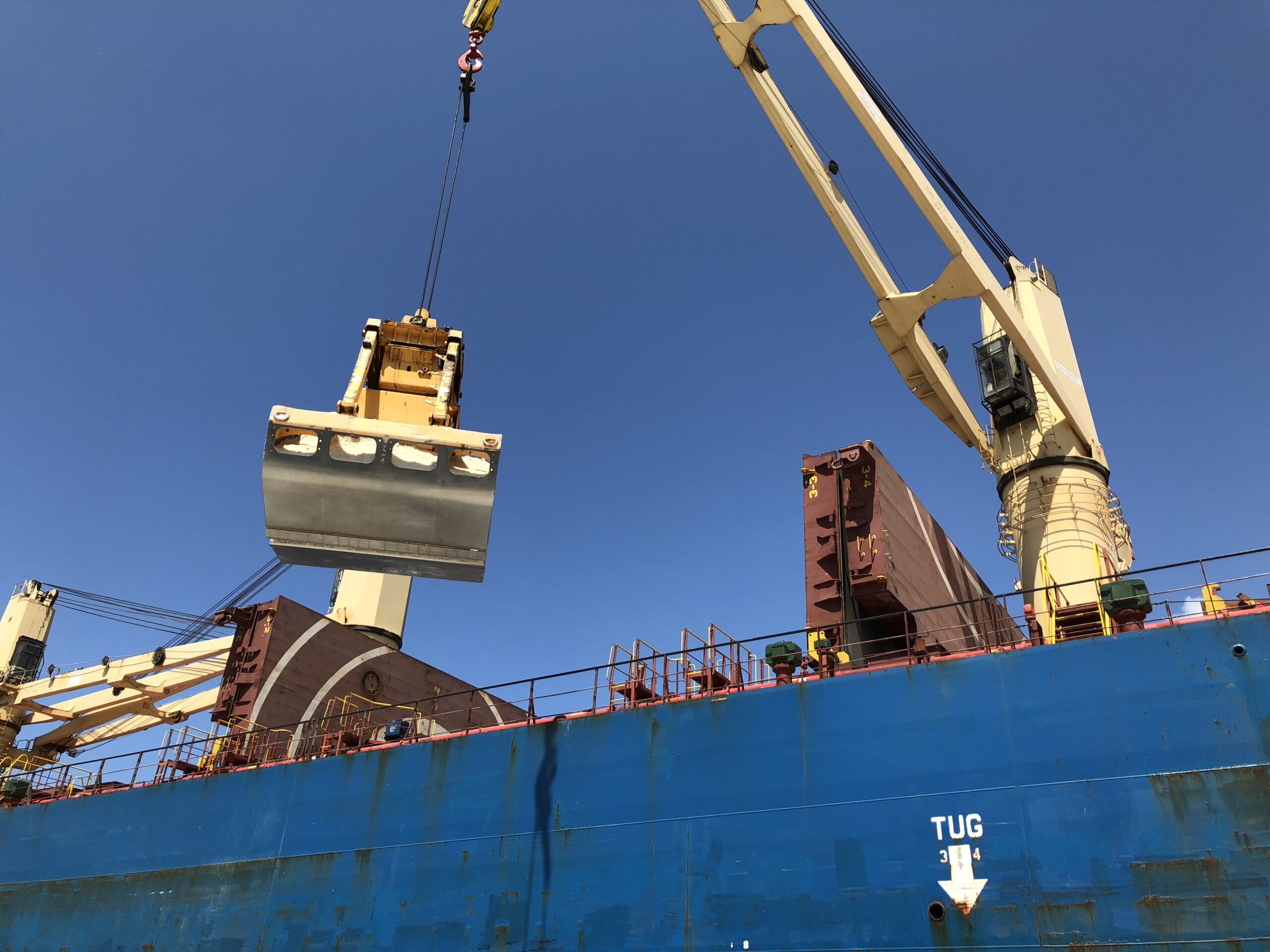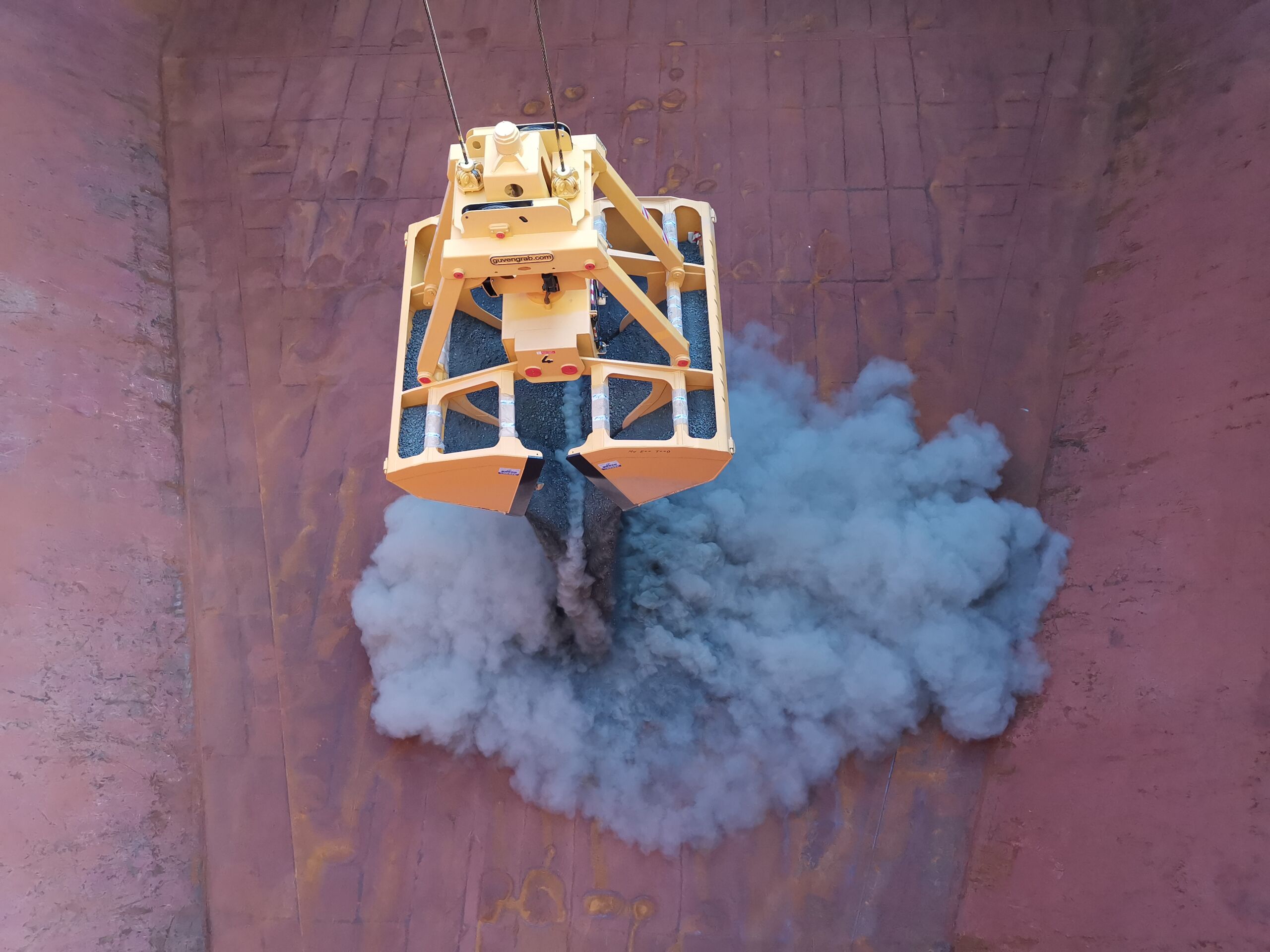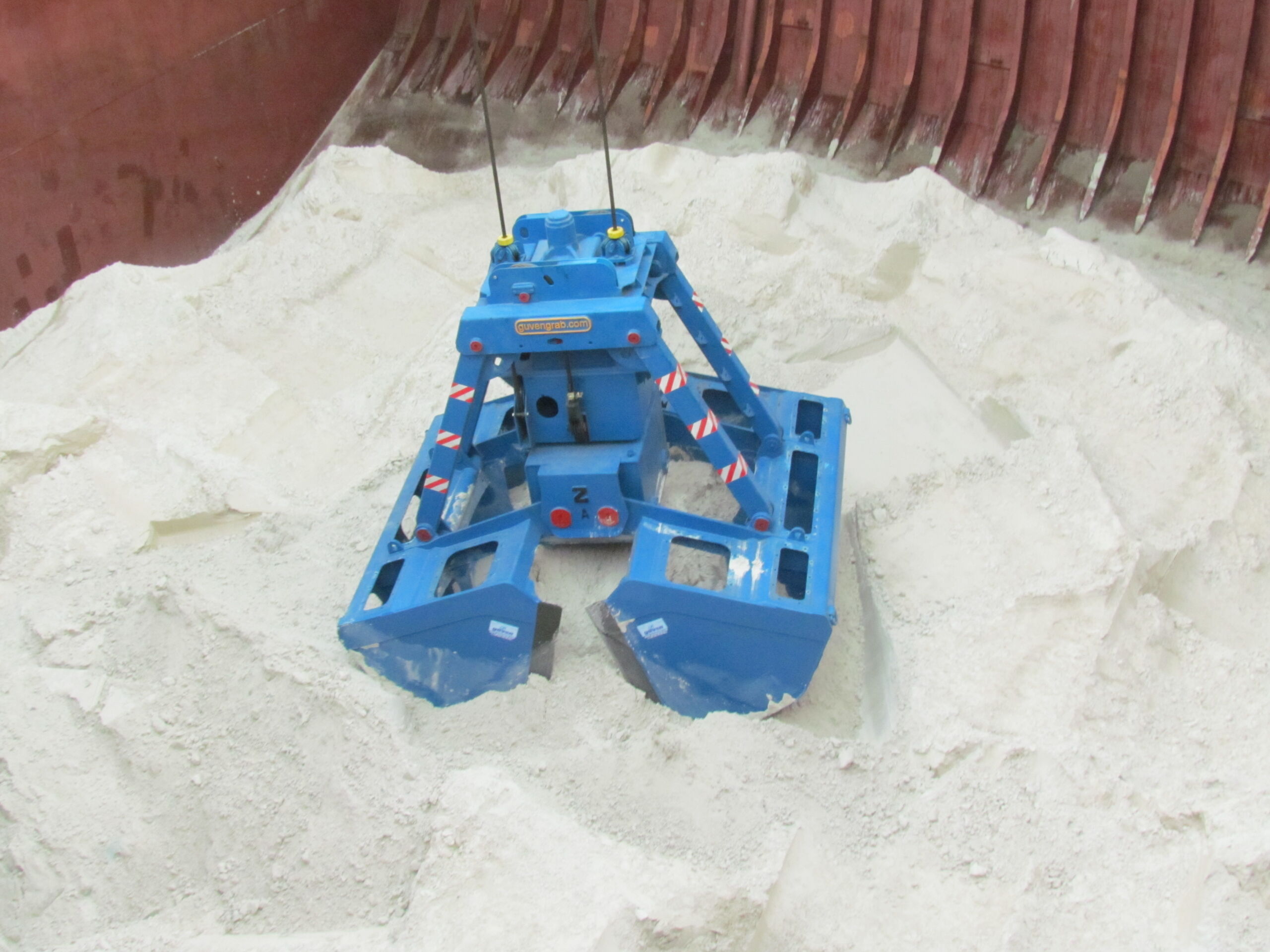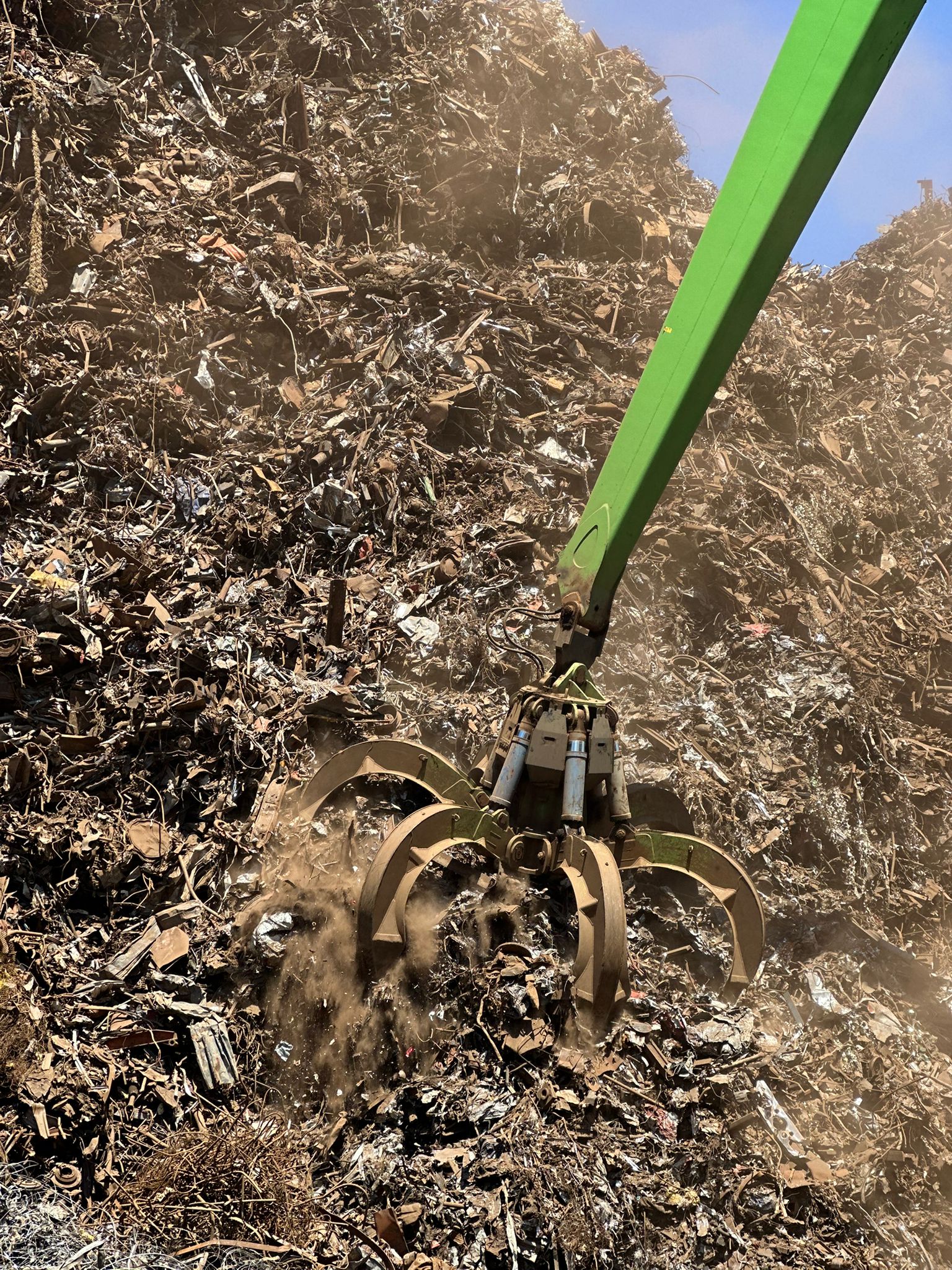Key Features In Grabs For Harsh Environments
In industries where bulk materials are handled under extreme conditions, the durability of grabs becomes just as important as their lifting capacity. Heat, salt, dust, and heavy impacts are not abstract challenges but daily realities for ports, mining operations, and construction sites. When grabs fail in such environments, the cost is not limited to equipment replacement. It extends to lost operational hours, compromised safety, and delayed shipments.
This is why leading operators place emphasis on grabs specifically engineered for harsh environments. With the right protective measures, sealing systems, and structural reinforcements, industrial grabs can deliver long service life while maintaining consistent performance even in the most demanding climates.
Environmental Stressors Heat Dust Salt And Impact
Operating grabs in harsh environments means facing multiple simultaneous challenges that accelerate wear and compromise performance. Unlike controlled industrial settings, open-air sites expose equipment to sudden temperature swings, airborne particles, moisture, and constant impacts. Each of these factors can shorten the service life of a grab if not properly addressed at the design stage.
Heat And Thermal Stress
High temperatures in desert or steel plant environments can cause hydraulic oil to thin, seals to degrade, and steel structures to lose their strength. Grabs designed for hot environments use heat-resistant seals, thicker steel profiles, and engineered oil circulation systems to stabilize performance.
Dust And Abrasive Materials
Fine, abrasive particles such as cement, coal, or grain dust easily penetrate unsealed components, damaging cylinder rods and bearings. Dust-tight seals and internal protective linings prevent contamination, ensuring smoother operations and longer maintenance intervals.
Salt And Coastal Exposure
Saltwater accelerates corrosion by penetrating steel microstructures. Protective coatings such as marine-grade paints and sacrificial zinc layers, combined with stainless-steel hydraulic fittings, provide essential resistance against corrosion in maritime zones.
Impact And Shock Loads
Handling rough cargo like scrap metal or rocks creates sudden forces that strain arms and shells. Reinforced arms, wear plates made of Hardox, and shock-absorbing joints ensure stability and long-term structural safety.
Protective Coatings Seals And Reinforced Components
Protective coatings form the first barrier against corrosion, with marine-grade paints and galvanization techniques extending durability. In scrap or mining sites, wear-resistant plates safeguard high-contact surfaces from abrasion.
Equally important are sealing systems. Heavy-duty seals prevent dust and water infiltration, while keeping internal parts lubricated. Reinforced joints and double-welded connections further enhance resilience against fatigue.
These combined measures create a comprehensive defense system that allows grabs to remain fully functional even under relentless stress.
Sealed Cylinder Designs For Longer Equipment Life
Hydraulic cylinders are especially vulnerable to contamination. Sealed designs with advanced wiper seals, double O-rings, and optional protective bellows protect against dust and saltwater intrusion.
The benefits include fewer oil changes, longer service intervals, and consistent clamping force across thousands of cycles. For operators in ports, mines, or offshore operations, sealed cylinders safeguard productivity and lower lifecycle costs.
The Importance Of Maintenance Access In Harsh Sites
In harsh or remote sites, difficult maintenance can mean extended downtime. Grabs with inspection ports, modular components, and accessible lubrication points minimize service delays.
User-friendly maintenance not only reduces downtime but also improves worker safety by limiting the time spent in exposed positions. For demanding environments, maintenance-friendly design is as important as strength or sealing.
Selecting The Right Grab For Arctic Desert Or Coastal Zones
Each environment creates unique operational challenges:
| Environment | Key Risks | Recommended Features |
|---|---|---|
| Arctic Zones | Cold-thickened oil, brittle steel | Low-temp fluids, flexible seals, anti-brittle steel |
| Desert Sites | Heat, fine dust, UV stress | Heat-resistant seals, dust exclusion, UV-stable coatings |
| Coastal/Offshore | Salt corrosion, constant moisture | Marine coatings, stainless fittings, reinforced shells |
By aligning grab design with environmental stressors, operators can maximize uptime and reduce replacement costs. Guven Grab offers both clamshell and orange peel models tailored to these conditions.
Practical Examples From Guven Grab Applications
- West Africa Ports: Marine-grade coatings on clamshell grabs reduce corrosion and repainting cycles.
- Middle Eastern Terminals: Orange peel grabs with dust-tight seals withstand extreme heat and abrasive sand.
- Northern Europe: Cold-resistant grabs maintain clamping force on frozen coal and ore, ensuring year-round operation.
These examples demonstrate how tailored engineering extends durability and ensures operational continuity in real-world applications.
Conclusion
Harsh environments demand more from grabs than standard sites. Heat, dust, salt, and impact are constant risks, yet grabs with the right coatings, sealed cylinders, reinforced components, and accessible maintenance features can endure these pressures.
Selecting the correct grab for each operational zone is a strategic investment in safety, uptime, and long-term profitability. Guven Grab’s expertise in building grabs for the world’s toughest conditions makes it a reliable partner for operators who prioritize performance and durability.
Table of Contents

